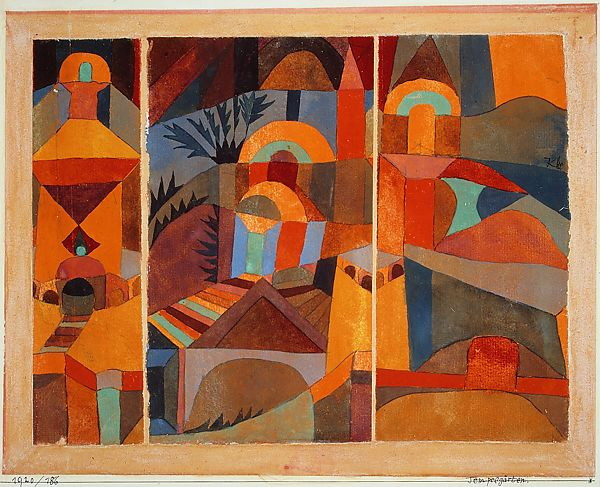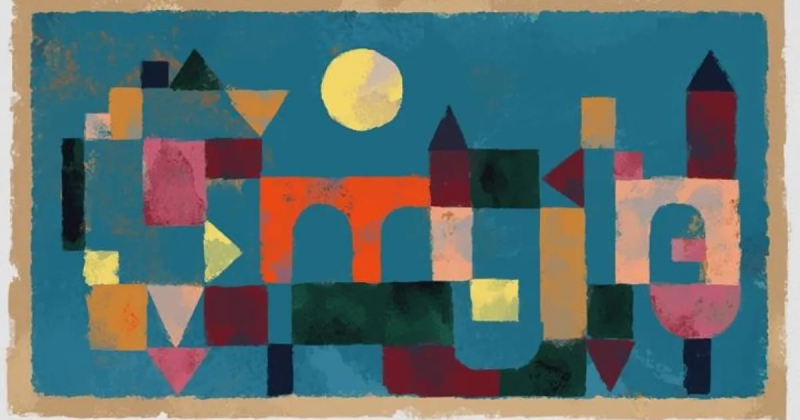Klee Had A Very Individualistic Style
Being a natural draftsman, Klee developed a highly distinctive style once he was able to successfully blend his understanding of color with his draftsmanship skills. The Bavarian Don Giovanni serves as one of the earliest illustrations of this fusion (1919).
Paul Klee was a Swiss artist who participated in the Expressionist, Bauhaus, and Surrealist art movements. His most well-known works frequently depended heavily on his choice of colors. His art was mostly abstract, but because it also had aspects of cubism, surrealism, and children's art, specialists haven't been able to categorize it. Numerous painters of the 20th century, including the New York School, were greatly influenced by Klee's work. His environment and experiences in life informed many of his fundamental beliefs, for example: he was a transcendentalist who believed that there are many realities that human awareness can see, with the material world being just one of them. Klee used color, design, pattern, and small design systems to present his interpretations of that philosophical idea. Paul practiced the violin frequently as a warm-up for painting throughout his life. He made comparisons between the two forms of art, pointing out the temporal character of painting and the fleeting nature of a musical performance, for example. That's about the third interesting fact about Paul Klee.








